Jeju Ttukbaegi (제주뚝배기)
6.9 Km 26717 2024-03-12
255 Ilchul-ro, Seongsan-eup, Seogwipo-si, Jeju-do
+82-64-782-1089
Jeju Ttukbaegi is a seafood restaurant located at the entrance of Seongsan Ilchulbong Tuff Cone. Their signature dish is the jeonbok haemul ttukbaegi (abalone and seafood hot pot), a hearty stew made with blue crab broth and abundant seafood. They also serve crispy godeungeo gui (grilled mackerel), savory galchi jorim (braised cutlassfish), and flavorful jeonbokjuk (abalone porridge). Each dish comes with a variety of side dishes. They start serving early, making it a great spot for breakfast.
Seongsanpo Haenyeo Gongyeonjang (성산포 해녀물질공연장)
6.9 Km 20509 2024-02-19
284-34 Ilchul-ro, Seongsan-eup, Seogwipo-si, Jeju-do
The site refers to Umutgaehaebyeon Beach, a fishing area near Seongsan Ilchulbong Tuff Cone where haenyeo (women divers) demonstrate their skills. The process is as follows: haenyeo introduction, sea diving, collecting seafood, taking pictures, selling seafood, and tasting. Visitors can taste sea cucumbers, sea pineapples, and conch at the Haenyeo's House restaurant run by the haenyeo. The schedule changes depending on the season and weather conditions.
Haechon (해촌)
7.0 Km 20526 2021-03-24
220, Ilchul-ro, Seogwipo-si, Jeju-do
+82-64-784-8001
You can eat various sashimi with a wonderful scenery background. The best menu at this restaurant is sliced raw cutlassfish. This Korean dishes restaurant is located in Seogwipo-si, Jeju-do.
Seongsan Ilchulbong Tuff Cone [UNESCO World Heritage] (성산일출봉 [유네스코 세계문화유산])
7.5 Km 412374 2024-05-16
284-12, Ilchul-ro, Seogwipo-si, Jeju-do
+82-64-710-7923
Seongsan Ilchulbong Tuff Cone rose 180 meters above sea level due to a magma flow under the sea over 5,000 years ago. It was originally a separate island, but a build-up of sand and soil has connected it to the main island. A large crater, formed by the hot lava mixing with cold ocean water, is located at the top of Seongsan Ilchulbong Tuff Cone. The crater is about 600 meters in diameter and 90 meters deep. It has been featured in films, and was originally used for agriculture, but has now been given over to a field of silver grass. From the summit, visitors can see Udo Island, as well as take in the magnificent sunrise. The tuff cone area was designated as a natural reserve on July 19, 2000.
Jejusarang Agriculture and Fisheries - Jeju Branch [Tax Refund Shop] (제주사랑농수산 제주)
8.9 Km 0 2024-04-23
66, Haengwon-ro 13-gil, Gujwa-eup, Jeju-si, Jeju-do
-
Bunker des Lumières (빛의 벙커)
8.9 Km 1 2023-06-10
2039-22, Goseong-ri, Seogwipo-si, Jeju-do
+82-1522-2653
An old bunker, which had once been a state-owned key communications facility, was reborn as Bunker des Lumières after being sold to a private group in 2012. Bunker des Lumières is an immersive media art project formed with the concept of art regeneration that integrates art, technology and music. Masterpieces of world-famous artists like Gustav Klimt and Vincent van Gogh are presented through projection mapping technology as a new way to approach and enjoy art. Immersive media art provides the experience of being not only visually but also synaesthetically immersed in art, thus helping the audience to easily understand and enjoy various artworks. Fast-paced videos backed up with magnificent music are also an element that cannot be left out of immersive media art. The venue turned a neglected space into an exhibit so it also serves the function of urban regeneration. It is exciting to peruse an artist's life and their world of art through a film-like video.
Jeju Samdajang Gujwa Woljeong-ri Sehwa Bijarim (제주삼다장 구좌월정리세화비자림)
9.0 Km 1 2023-11-06
15, Bijasup-gil, Gujwa-eup, Jeju-si, Jeju-do
Jeju Samdajang uses their special “jang,” fermented paste sauce made with ingredients from Jeju, to deliver exquisite flavors and specializes in marinated crab, which is highly regarded among aficionados. In fact, the restaurant exclusively uses seafood and shellfish sourced from the seas of Jeju. Visitors who like marinated crab can opt for the Samdajang Set (spicy marinated crab, octopus, and seaweed soup, abalone rice porridge, etc.), whereas fish lovers would be served very well by the Galchijorim Set (braised cutlassfish, octopus and seaweed soup, abalone rice porridge, etc.). Because the dishes are all prepared with fresh seafood caught from the seas of Jeju, they all boast rich flavors. Note that this restaurant offers delivery services, so customers can get their famous marinated blue crab, soy sauce-marinated abalone, and soy sauce-marinated shrimp delivered to addresses in Korea.
Darangswi Oreum (Wollangbong Peak) (다랑쉬오름(월랑봉))
9.0 Km 15307 2020-05-06
San 6, Sehwa-ri, Jeju-si, Jeju-do
+82-64-740-6000
Located the Northeastern part of Jeju Island, Darangswi Oreum is a parasitic volcano that stands about 380 meters above sea level. From Darangswi Oreum, visitors can overlook tourist attractions such as Seongsan Ilchulbong (Sunrise Peak), Udo Island, Hallasan Mountain, coastlines, and various parasitic cones.
The mountain has an oval shape from south to north with a steep incline. The top has a large, deep funnel-shaped crater that still preserves its original shape unlike craters in cones. The name Darangswi is derived from the fact that the mountain looks like a moon ('Da' meaning 'Moon' and 'Swi' meaning 'Mountain' in the Jeju dialect).
Trees are scattered here and there at the top, and the outskirts of the mountain are decorated with cedar trees. Meadow plants such as Aster yomena populate most of the mountain. A gentle hill to the right of Darangswi Oreum is called Akkeun Darangswi Oreum (also called Sowol Nangak). Meaning 'small,' 'Akkeun' is both old Korean and Jeju dialect.
Darangswi Oreum hosts Wollang Peak Sunrise Festival every year allowing visitors to see the spectacular full moon from the crater. There are wooden stairs in place for easy ascent, and the mountain is also a popular site for paragliders.
Yongnunioreum Volcanic Cone (용눈이오름)
9.6 Km 20450 2024-03-15
28 Jongdal-ri, Gujwa-eup, Jeju-si, Jeju-do
+82-64-740-6000
Yongnunioreum Volcanic Cone is located in the eastern part of Jeju. It connects three craters and creates beautiful ridges. Its relatively low x_height makes reaching its summit easy. The top offers panoramic views of Seongsan Ilchulbong Tuff Cone and Udo Island in the distance. In spring and summer, the area is covered with green grass, while silver grass takes over in fall and winter.
Bijarim Forest (비자림)
9.7 Km 38829 2023-11-06
55, Bijasup-gil, Jeju-si, Jeju-do
+82-64-710-7912
Designated and protected as a Natural Monument, Bijarim Forest is home to 2,800 bija trees, ranging from 500 to 800 years in age, spread over 448,165㎡ land area. These majestic trees range from 7-14 meters in x_height, 50-110 centimeters in diameter, and 10-15 meters in crown x_width, so this forest is quite a rare example of its kind in the world. The berries of bija trees were used widely as a medicine used to kill parasites, while the wood was used to make premium furniture and go boards. Forest bathing in a bija forest helps to combat arteriosclerosis, mitigate physical and psychological fatigue, and restore the body’s rhythm.
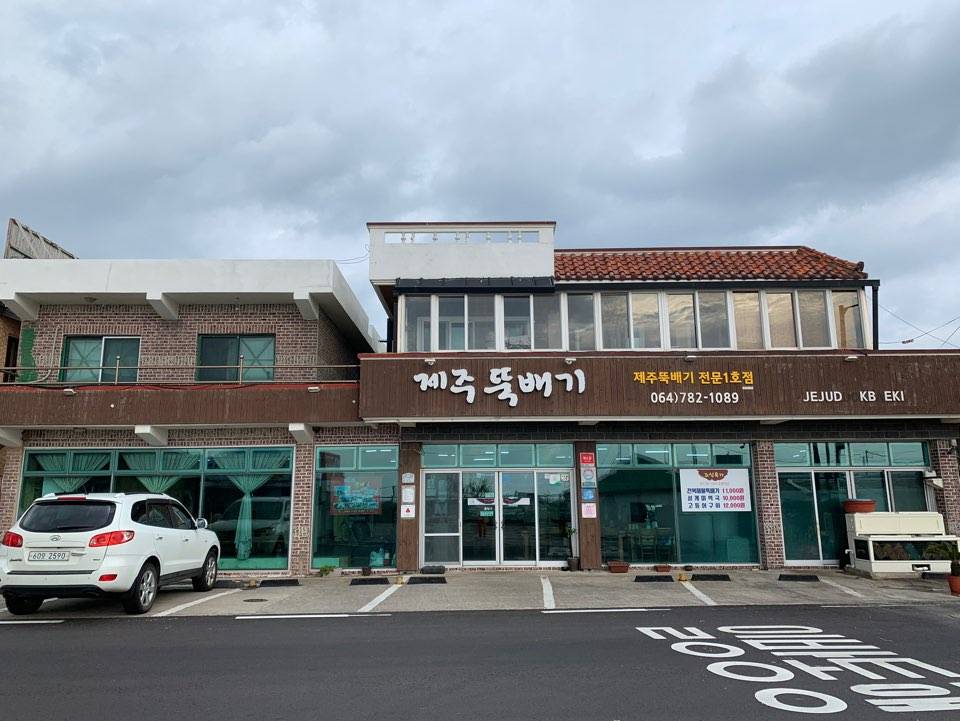
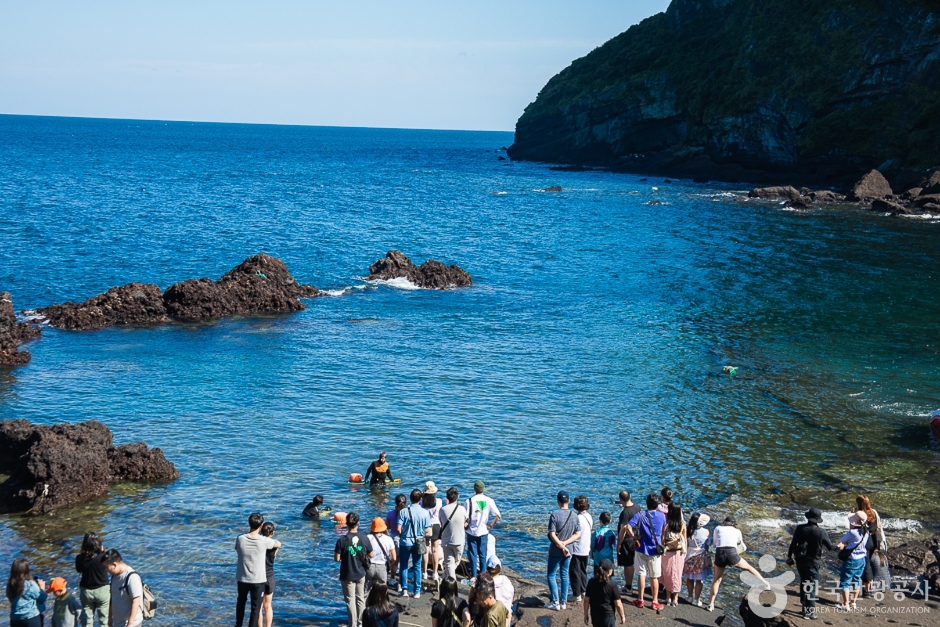
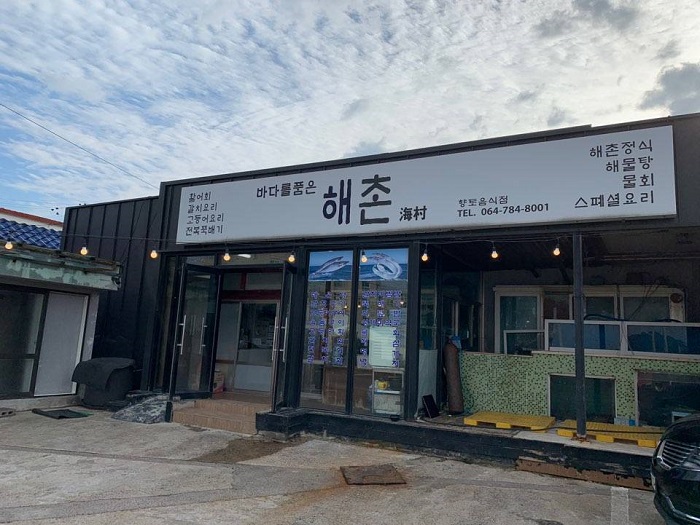

![Jejusarang Agriculture and Fisheries - Jeju Branch [Tax Refund Shop] (제주사랑농수산 제주)](http://tong.visitkorea.or.kr/cms/resource/69/2887669_image2_1.jpg)
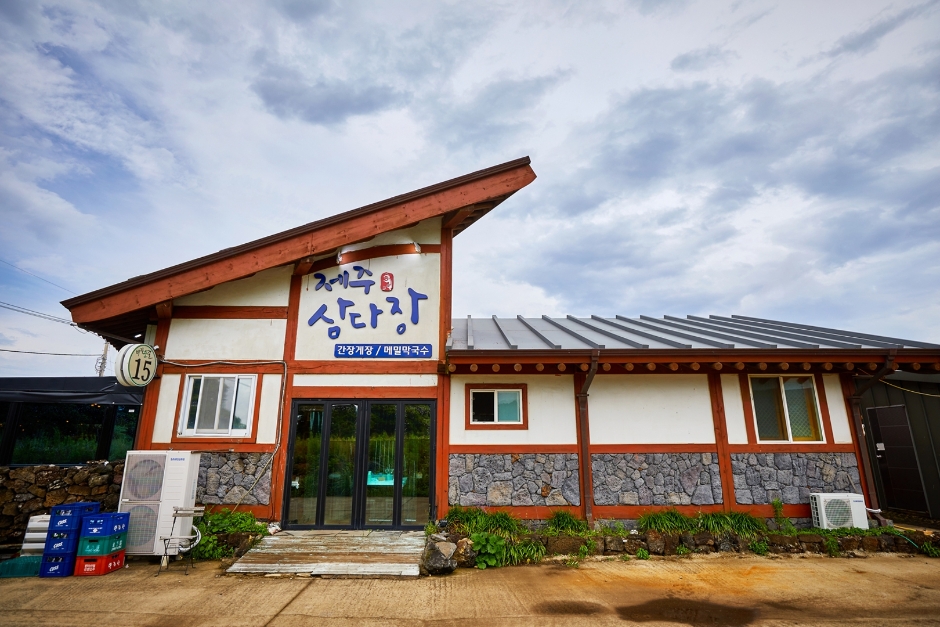
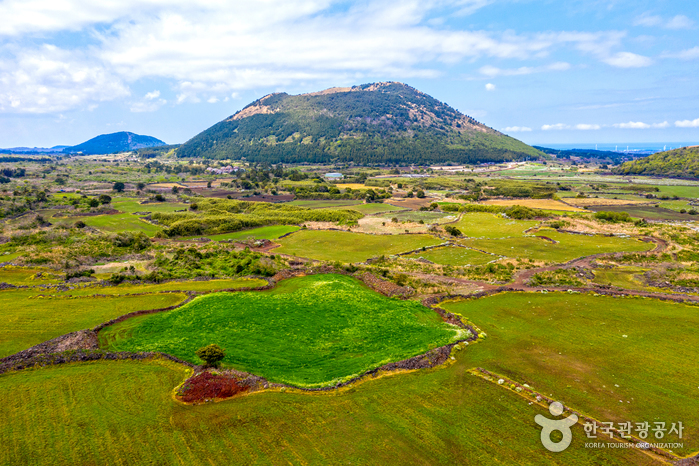
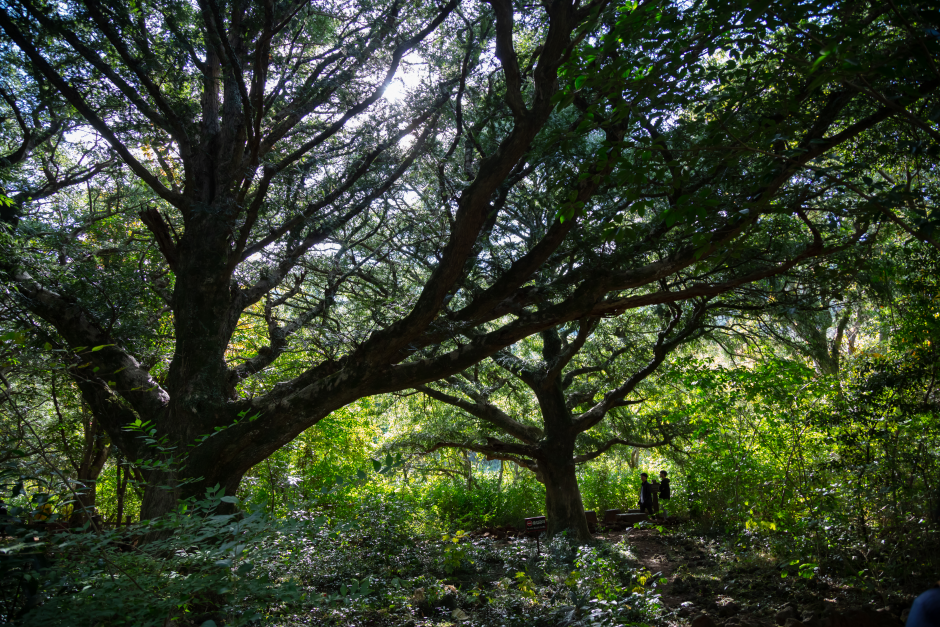
 English
English
 한국어
한국어 日本語
日本語 中文(简体)
中文(简体) Deutsch
Deutsch Français
Français Español
Español Русский
Русский